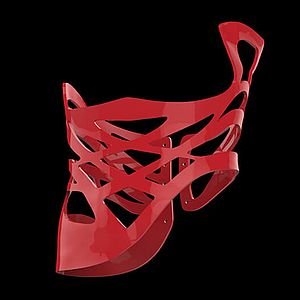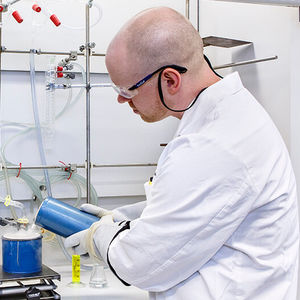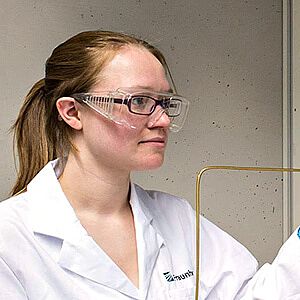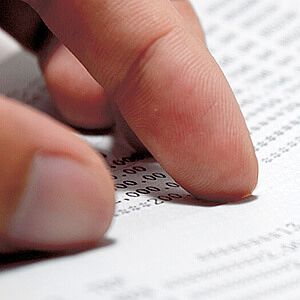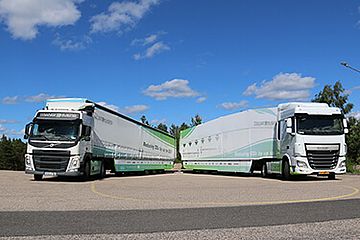Database-based digitization of fatigue strength characteristics
Material database, fatigue strength, component design, SN curves
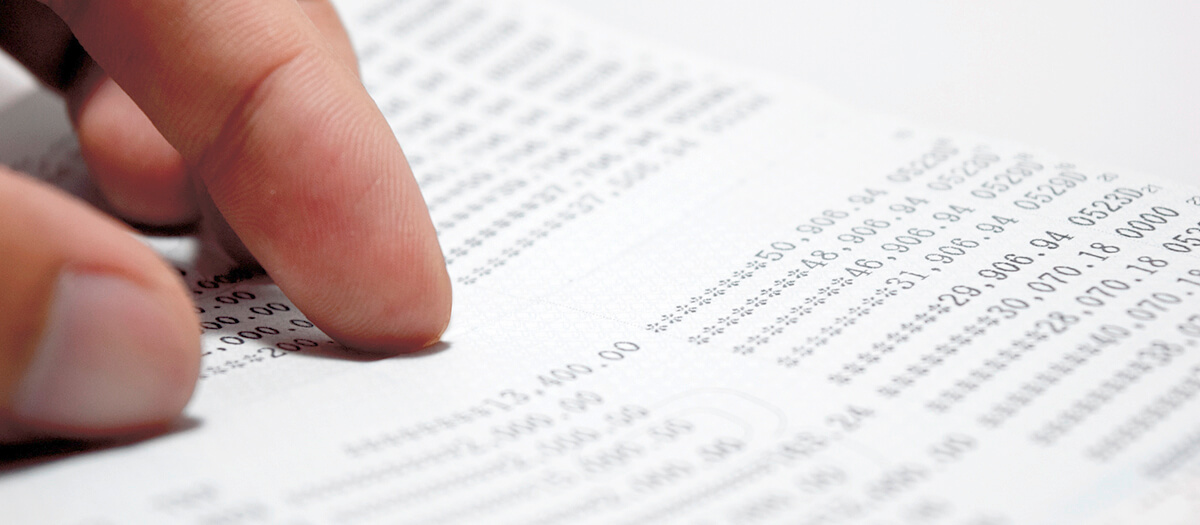
In the course of digitization and under the heading of Industry 4.0, material databases are playing an ever larger and more important role. For more than 25 years, Fraunhofer LBF has been working very successfully in the field which determines the fatigue strength of plastics and can therefore draw on a wealth of expertise. The corresponding experimental data are summarized in a database of around 6,000 tested specimens with a thermoplastic matrix. Using information obtained from the database, it is possible to derive the cause-and-effect relationships of a wide variety of influencing factors on the fatigue strength for selected material types.
Determination of mechanical properties during fatigue strength tests
Due to the ever shortening product development cycles, material databases from which basic relationships, such as the influences of geometry, environment, aging, load type, local fiber orientation, glass fiber content or material type, can be derived in respect of fatigue strength are immensely important. During the fatigue strength tests, the LBF usually records the peak value and hysteresis data of the force and deformation and, as far as possible, also the crack formation and crack propagation. In addition to recording the determined cycles to failure, this also makes it possible to record parameters such as tendency to creep, stiffness degradation, attenuation increase, hysteretic heating as well as incipient crack and crack propagation behavior.
From the database it is possible to determine the variables describing the SN curves, such as slope, scatter value and origin point, for selected boundary conditions with sufficient statistical validation. Fig. 1 shows the evaluation of 55 tested specimens of the same polyamide type, glass fiber content, fiber orientation, stress concentration factor, the same load ratio and the same test temperature. In total, the tested specimens are to be divided into 4 different material designations with different additives. It should be noted at the same time that different origin points, slope values and scatter ranges exist for the allegedly identical material.
For example, the database can be used to make estimates about the influence of temperature, conditioning state, stress concentration factor or surrounding medium. These estimation factors are an important indicator in component design as to whether the relevant material can be used for the application. As Fig. 1 shows, it is inadmissible to dispense with a detailed verification test which confirms the real application. Even the slightest changes to the additives of the plastics or to the manufacturing parameters have a direct influence on the mechanical properties under cyclic loading.
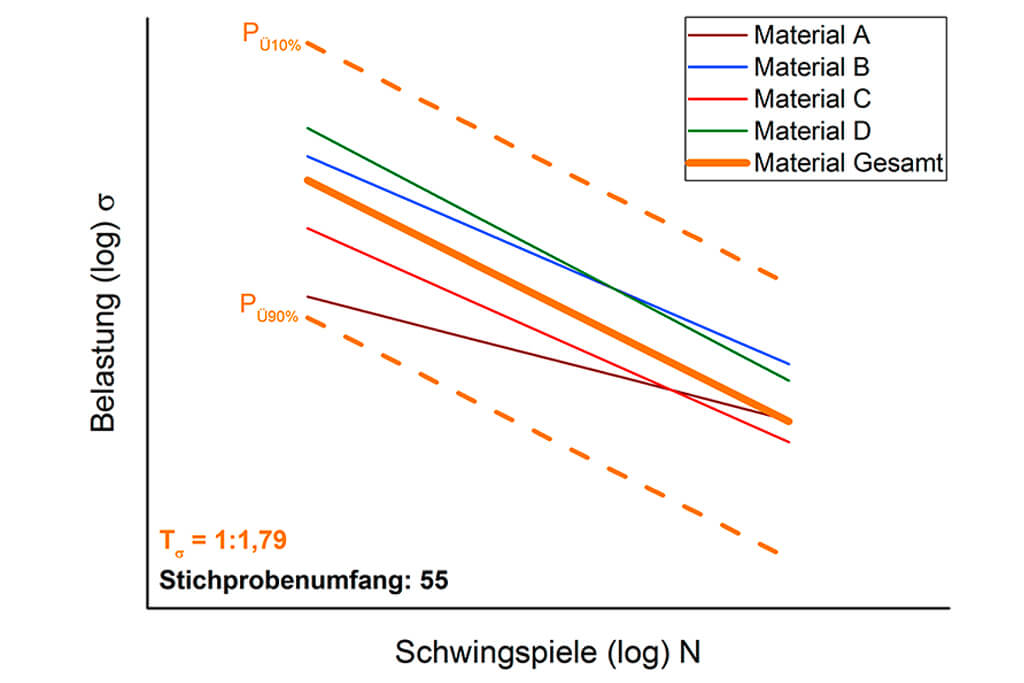
Customer benefits
With over 6,000 tested thermoplastic specimens, Fraunhofer LBF has a unique wealth of experience and corresponding expertise regarding the fatigue strength characterization of thermoplastic materials. We offer the possibility of determining the decrease in stiffness, the creep properties and attenuation increase from the recorded force and deformation response under cyclic loading. The incipient crack behavior and crack propagation during cyclic testing can be determined using imaging techniques. Thermographic examinations can additionally be used to investigate hysteretic heating of the specimen over its lifetime. With this experience, we can support customers from a wide variety of industries and supply reliable material parameters for component design and dimensioning concepts!
The database can be used to derive universal SN curves for a wide variety of material types with sufficient statistical validation for a broad range of test and requirement scenarios. Due to extensive test equipment and data analysis methods, Fraunhofer LBF has the opportunity to determine characteristic values beyond the number of cycles to rupture in respect of the drop in stiffness, creep properties and attenuation increase as well as the incipient crack behavior and crack propagation. These material properties can be used to derive a better relationship between material behavior, damage mechanisms and material fatigue in order to better describe the material used.

“Due to the low testing frequencies, the number of tests for fatigue characterization of fiber-reinforced thermoplastics has to be strongly reduced compared to metallic materials. Thanks to the systematic storage of raw data as well as of the relevant metadata and its combination with a Bosch-internal database of simulation results, a significant reduction of the effort for characterization of further materials is possible.” Dr. Matthias De Monte, PMP, Robert Bosch GmbH, Corporate Research – Plastics Engineering (CR/APP), Team leader »Production and Design for Reliability«
Contact
- Dominik Spancken, M.Eng.
- Phone: +49 6151 705-412
- dominik.spancken@lbf.fraunhofer.de
- Prof. Dr. Andreas Büter
- Phone: +49 6151 705-287
- andreas.bueter@lbf.fraunhofer.de
